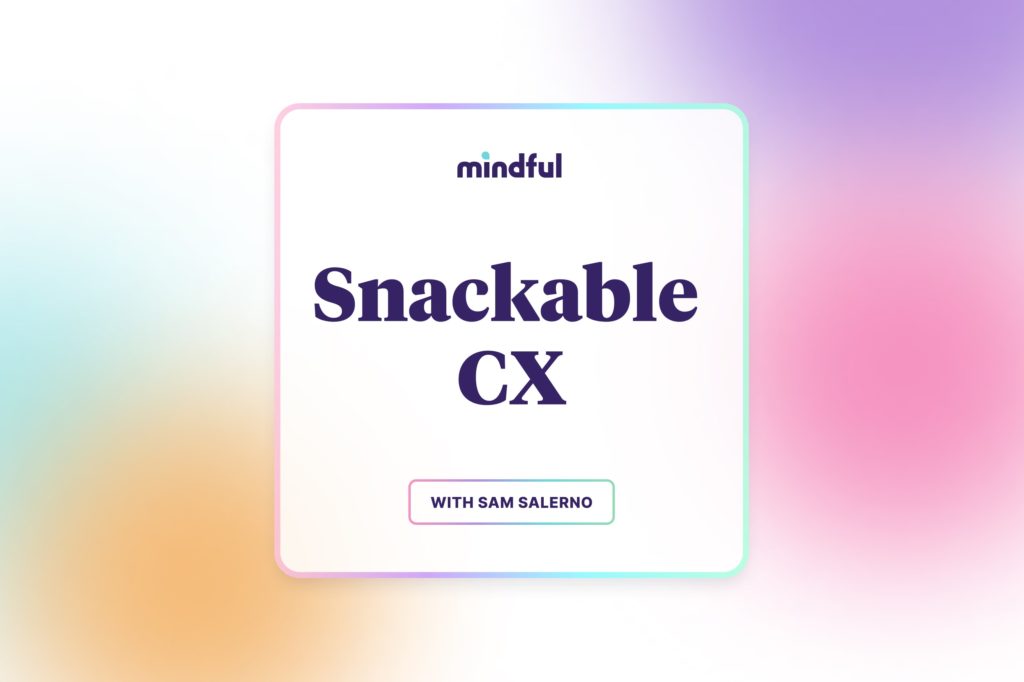Episode details
Really, there’s a LOT that goes into creating winning experiences for your customers. But, at the same time, the principles of creating great customer experiences are pretty universal.
You know a great customer experience when you have one. It’s that “wow” feeling you get when the business you’re dealing with not only gets you, but makes you feel like they’re going out of their way to make sure you’re taken care of.
Brands that are crushing it right now understand customer loyalty. They take an objective look at their CX. And then they adapt, evolve, and implement winning experiences that keep their customers feeling like a million bucks…which they’ll typically reinvest back in the brand.
And the ingredients that go into this magic CX? Sam’s the chef about to walk you through the recipe.
This episode was adapted from the article, “What Makes a Great Customer Experience.”
Still hungry?
Subscribe on Apple Podcasts or Spotify to get fresh episodes each week.




